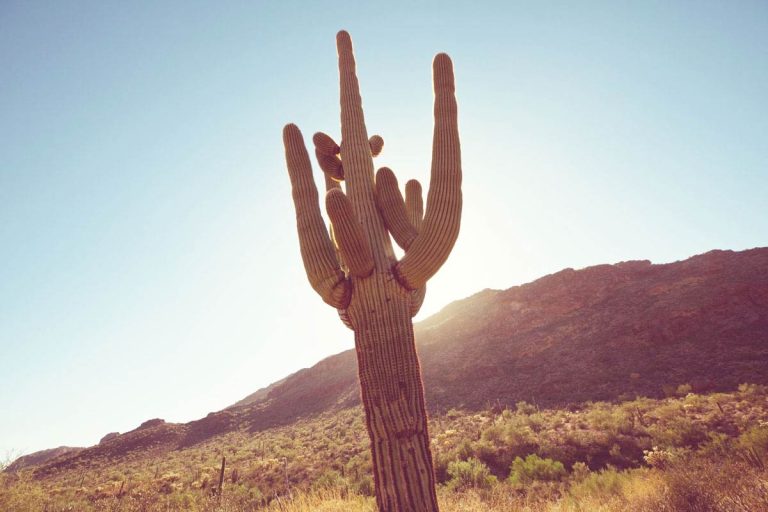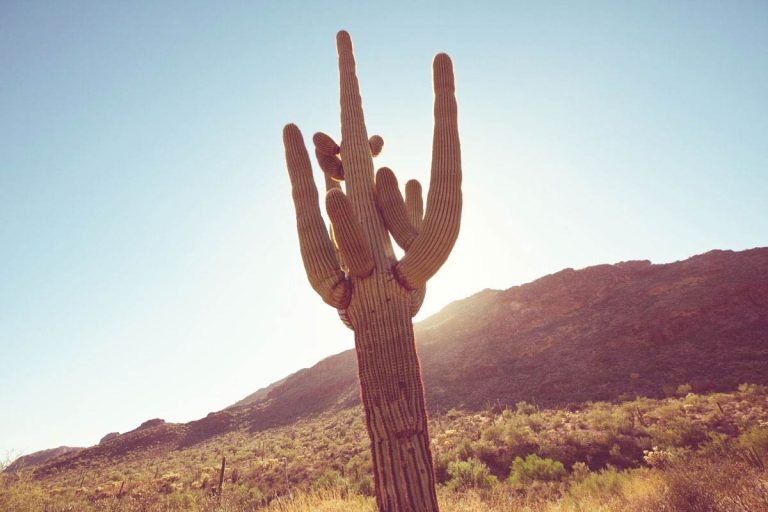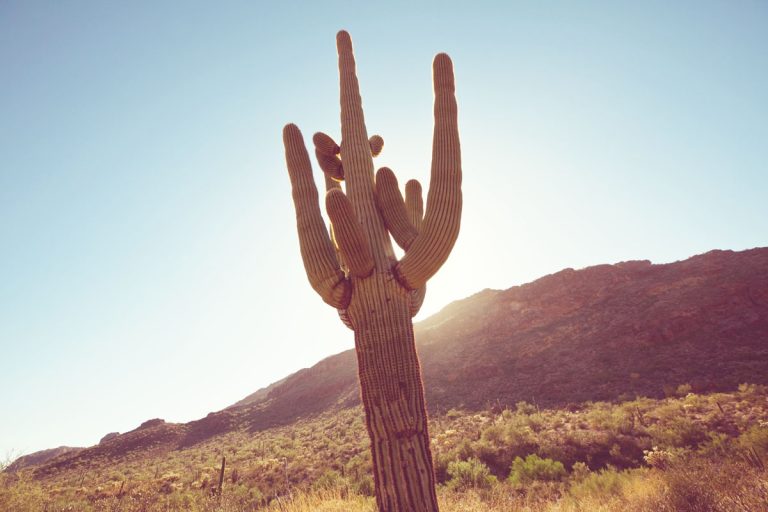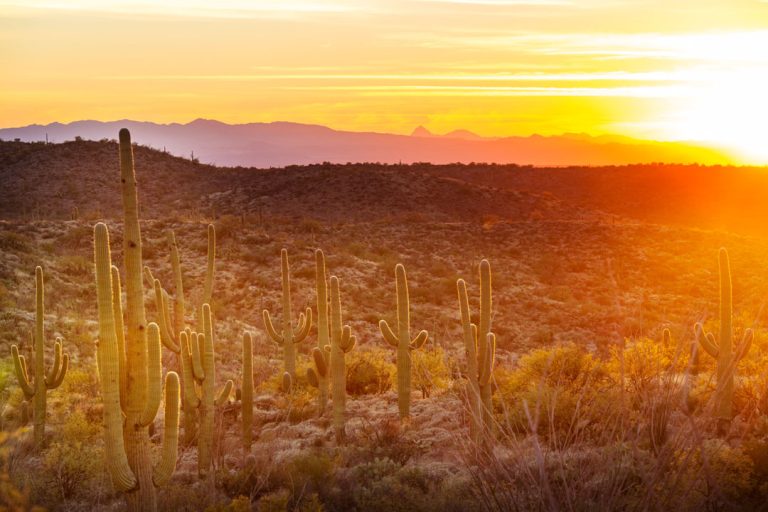Cactus Removal Costs 2025
In 2025, the cost of cactus removal in Arizona varies based on factors such as the cactus’s size, species, location, and accessibility. Here’s an overview of typical pricing: 🌵 General Cactus Removal Costs Small Cacti (up to 3 feet tall): Approximately $100–$300 Medium Cacti (4–6 feet tall): Around $300–$500 Large Cacti (over 6 feet tall):…





